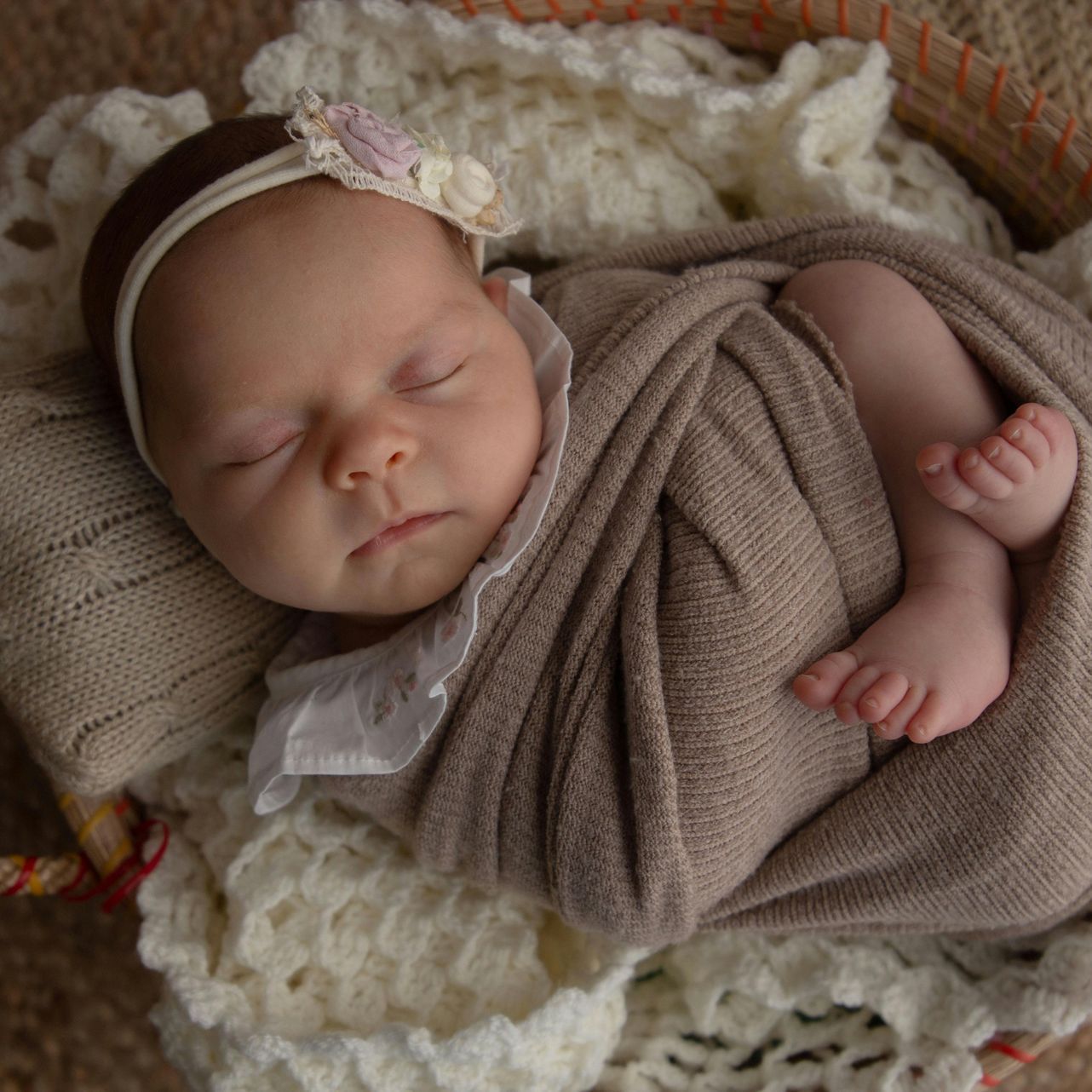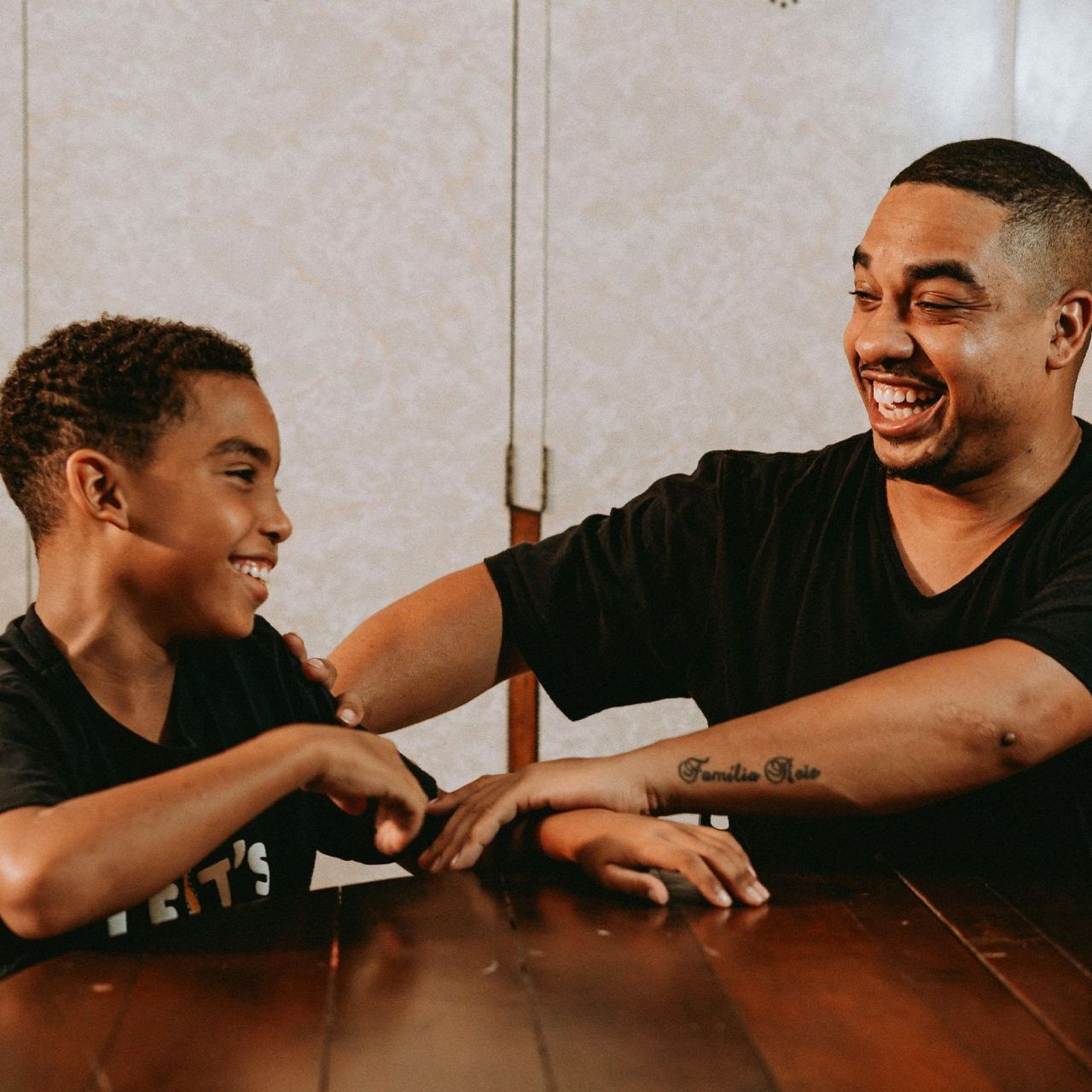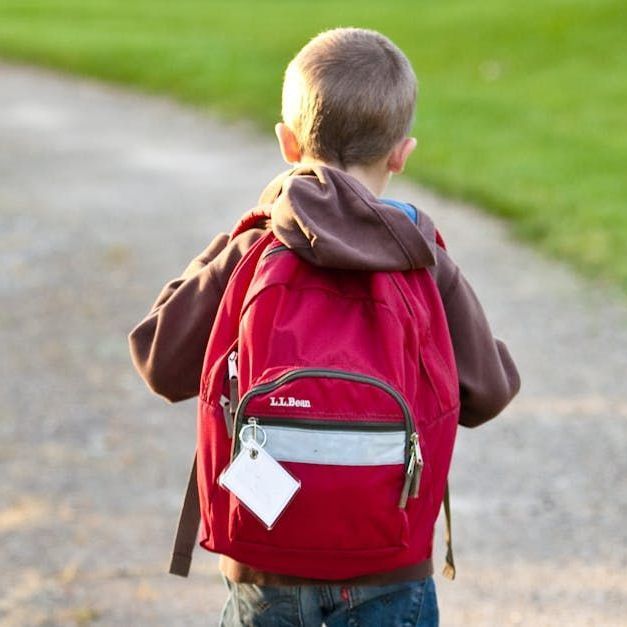Helping Kids Cope with Separation and Divorce
The average age for couples going through their first divorce is 30 years old. At that age, many couples have already made the decision to have at least one child. When children are involved in a divorce, the complication and stress levels can become very difficult to manage. Half of all American children will witness the breakup of a parent's marriage. Of these children, close to half will also see the breakup of a parent's second marriage.
Whether a couple is devastated or relieved by their divorce, their children are typically confused and frightened at the thought of losing the most important people in their lives. Children often believe they have caused the conflict between their parents and may assume the responsibility for bringing their parents back together, causing additional stress. The entire situation can be traumatic for children leading to both physical and mental illnesses that must be addressed.
Children require specific care and attention to deal constructively with the resolution of parental breakup. While the conversations can be difficult for both parents and children, they cannot be avoided. The following tips can help both the child and parents with the challenge and stress of these conversations:
- Do not keep it a secret or wait until the last minute.
- Tell your child together with your spouse if possible.
- Keep things simple and straight-forward and don't share more information than your child is asking for.
- Tell them the divorce is not their fault.
- Admit that this will be sad and upsetting for everyone.
- Reassure your child that you both still love them and will always be their parents.
- Do not discuss each other's faults or problems with the child.
- Be alert to signs of distress in your child or children both during and after each conversation you have regarding the divorce.
Children will do best if they know that their mother and father will still be their parents and remain involved with them even though the marriage is ending and the parents won't live together. Long custody disputes or pressure on a child to "choose" sides can be particularly harmful for the youngster and can add to the damage of the divorce. Research shows that children do better when parents can minimize conflict and cooperate on behalf of the child.
It is vital that parents continue to show a sincere commitment for the child’s well-being. If a child shows signs of distress, the family doctor or pediatrician can refer the parents to a child and adolescent psychiatrist for evaluation and treatment.











